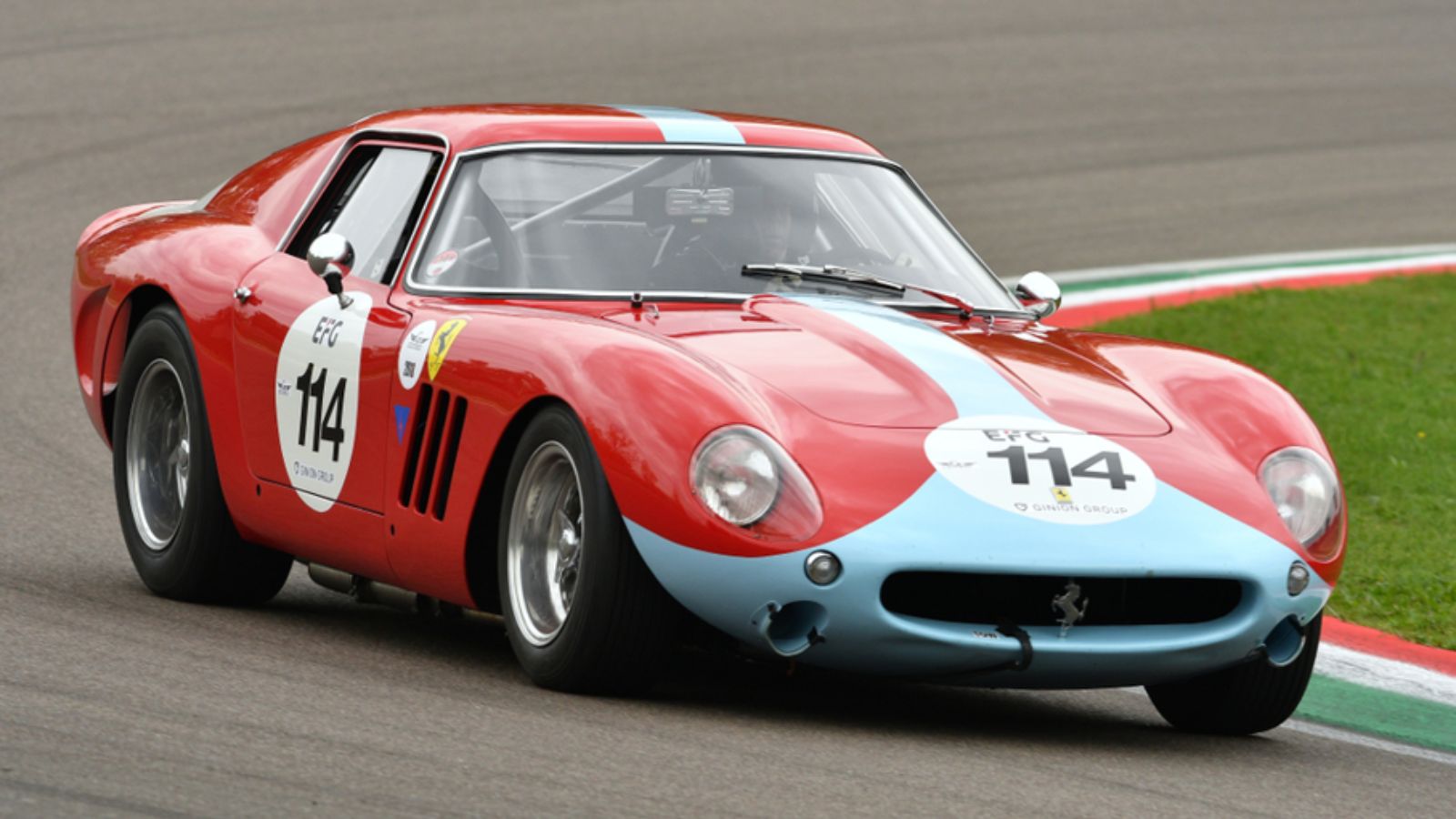European sports cars have a unique charm that captivates enthusiasts and casual drivers alike. They’re not just about speed; they embody a rich heritage of engineering excellence and design innovation. Their ability to blend performance with style sets them apart from other vehicles in the auto industry.
When you think of European sports cars, brands like Ferrari, Porsche, and Aston Martin often come to mind. These manufacturers have mastered the art of creating cars that not only perform exceptionally on the track but also turn heads on the streets. The attention to detail in craftsmanship and technology ensures that every drive is both thrilling and refined.

History and Evolution of European Sports Cars
European sports cars have undergone remarkable changes since their inception. The evolution is marked by pioneering innovations and the emergence of iconic models that have defined the genre.
Pioneering Innovations
The concept of the sports car began in the early 20th century. Manufacturers like Alfa Romeo and Bugatti pushed the boundaries with lightweight designs and powerful engines.
Key Innovations:
- Aerodynamics: Streamlined shapes reduced drag, improving speed and performance.
- Engine Technology: Introduction of superchargers and turbocharging increased horsepower significantly.
- Materials: Use of aluminium and carbon fibre lightened the vehicles, enhancing handling.
These technological advancements not only improved performance but also set standards in engineering, influencing future designs.
Iconic Models Through the Decades
Several models have become symbols of automotive excellence.
Influential Examples:
- Jaguar E-Type (1961): Renowned for its beauty and performance, it became an instant classic.
- Porsche 911 (1964): Famous for its distinctive design and exceptional handling, it has a legacy of performance.
- Ferrari 250 GTO (1962): Esteemed for its racing pedigree and rarity, it remains highly sought after by collectors.
These models showcase the blend of artistry and engineering that characterises European sports cars. Each iteration continues to inspire enthusiasts and redefine automotive standards.
Design and Aesthetics
European sports cars are renowned for their distinctive design and attention to detail. Each model combines visual appeal with functionality, ensuring that aesthetics complement performance seamlessly.
The Pursuit of Elegance and Style
The design of European sports cars often reflects a commitment to elegance and sophistication. Iconic brands like Ferrari and Aston Martin focus on smooth lines and timeless proportions that catch the eye.
Materials play a significant role; manufacturers use high-quality components like carbon fibre and premium leather. This not only enhances the visual appeal but also contributes to the car’s overall luxury feel.
Many designs draw inspiration from classic automotive elements while incorporating modern innovations. This blend creates vehicles that are not just cars but works of art, appealing to those who appreciate fine craftsmanship.
Aerodynamics and Performance
Aerodynamics is crucial in the design of European sports cars, directly influencing performance. Engineers utilise advanced simulations and wind tunnel testing to optimise shapes for reduced drag.
Elements like active spoilers and diffusers are strategically placed to enhance downforce, ensuring stability at high speeds. For instance, the Porsche 911 features a rear spoiler that adjusts based on speed to maximise aerodynamic efficiency.
This focus on aerodynamics means that you benefit from improved handling and acceleration. A well-designed car not only looks good but also performs optimally on the road, fulfilling the desires of driving enthusiasts.
Engineering and Performance
European sports cars are renowned for their meticulous engineering and high-performance capabilities. These vehicles showcase cutting-edge techniques and innovations that elevate driving experiences and set benchmarks in the automotive industry.
Advanced Engineering Techniques
European automakers utilise a range of advanced engineering techniques that contribute to both performance and safety. Aerodynamics plays a significant role, with designs that reduce drag and enhance stability at high speeds. Using computational fluid dynamics (CFD), manufacturers optimise the shape of cars for better airflow.
Lightweight materials are another key aspect. This includes the use of carbon fibre, aluminium, and other composites that reduce weight without sacrificing strength. The chassis and suspension systems are finely tuned for superior handling and responsiveness, allowing you to enjoy a more exhilarating driving experience.
Pushing Technological Boundaries
Innovation is at the heart of European sports car design. Many brands are integrating hybrid technology and fully electric drivetrains, providing robust performance while considering environmental impact. For example, the use of electric motors alongside traditional engines helps achieve impressive acceleration.
Additionally, advanced driver assistance systems (ADAS) enhance safety and control, allowing you to focus more on the thrill of driving. Features like adaptive cruise control and lane-keeping assist are becoming standard, showcasing a commitment to both performance and driver confidence.
Overall, European sports cars are a testament to pushing the envelope of what is possible in automotive engineering and performance.
